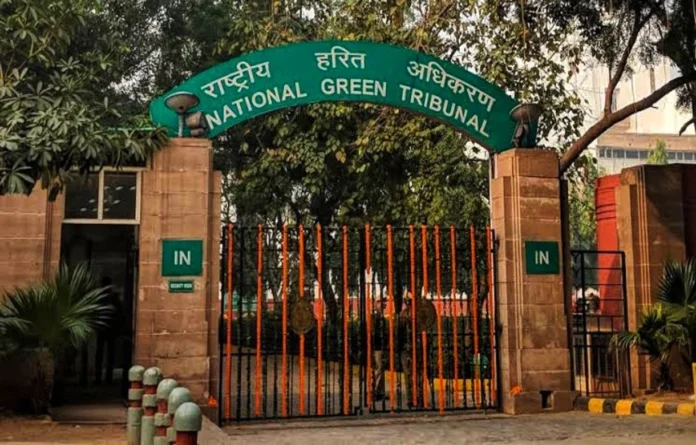By Sujit Bhar
The rivers of India are revered as deities, as gods that bring life from the heavens to earth and to mankind. Our scriptures are replete with paeans sung in their honour, and bathing rituals to wash the worldly sins of humans have existed for millennia. Yet, the rivers of India rate among the dirtiest in the world. Several governmental efforts, even supplemented by private organisations, have come up with zero result.
As the defiling of the holy waters of India continues, the most recent calamity that has come to light is that of the Kelo river in Chhattisgarh. The situation is such that the National Green Tribunal (NGT) has been forced to take steps to try and address the deteriorating condition of the river, which today is more of a garbage dump than one that could wash away your sins.
The situation is so bad that the river’s 15 kilometre stretch has been included in the 351 most polluted river stretches in the country.
Ironically, the situation has come to such a pass despite the setting up of two sewage treatment plants (STP) in Raigarh. Either the STPs are dummy setups, as have happened in many instances, especially along the banks of the Ganges in Kanpur in Uttar Pradesh, or nobody cares if drain water carrying all the filth from the cities as well as small and large industrial units flow directly into the river, easily bypassing the STPs. There is little by way of oversight, and the arm of the law seems to have stopped way off the limits of the polluted river waters. There are four distinct spots where such drains empty into the river.
This apart, garbage is dumped from the riverbank to under the bridge. This, it seems, also evades the eyes of the law.
When this was brought to light through the media and other outlets, the NGT directed the collector of Raigarh to take remedial measures according to the rules. These measures were based on the recommendations of the Joint Committee of the State Pollution Control Board.
The following were the suggestions put forth by the Joint Committee:
- Rectify the check dam of the Tipakhol reservoir to prevent the mixing of reservoir water with sewage.
- Divert or control the flow of excessive water into the drain.
- Review the network of channels receiving sewage through STPs.
- Construct permanent/RCC bunds on the Indranagar nala and Kevadabadi nala to stop sewage bypassing.
- Increase public awareness drives regarding waste littering, single-use plastic prohibition, and waste separation.
- Use trash skimmers to collect floating matter in the river and bar racks to remove plastic waste.
The report was accepted by the central bench of the NGT, comprising Justice Sheo Kumar Singh and Dr A Senthil Vel.
That was the sum and substance of the green court’s proactive stance and the resultant orders. It may also be pointed out that the Committee’s recommendations also seem pretty up to the mark and in sync with the policies of the government and general environmental norms of the day.
The main story, however, lies in two aspects of the issue. The first is the fact that such orders, in many such cases, especially in the MC Mehta case regarding the Ganges, have been passed for decades. Even the Supreme Court has issued strict orders and committee after committee have made recommendations, spent money in spewing out the same systemic recommendations, but nothing has changed.
That brings us to the second and more pertinent aspect of the issue—execution. Good intents die in the womb for lack of execution. There has to be a stiff and unbiased system in place to see to it that the execution happens. Incidentally, all these orders of the green court will be carried out through the execution process by the same corrupt policing system that had, in the first place, aided and abetted the dumping of the garbage in the waters of the river.
Hence, when the homeowner gives the responsibility of guarding his house to the thief, what has to happen will happen. There is no secondary force of oversight in these instances, and even though one can laud the NGT and the Supreme Court for their proactive stances, at the end of the line, things remain the same.
That takes us back to the first issue. When it has been seen that such much-used, much-abused recommendations have had no effect in the past, it becomes necessary to change the nature of recommendations. It also becomes essential to understand the entire corrupt chain that operates here to be able to make such recommendations.
An STP, for example, is a standard recommendation. There, however, is no mechanism to find out the purchasing and installation process of such STPs. The court does not interfere, leaving this part, as well as the maintenance part, to the local authorities, who are the corrupt parties to start with.
It would be nice to see the Kelo river benefit from such action, but if history can be seen as a mirror, not much is expected anyway.


